The Ultimate Guide To Hardy Hydrangeas
The Ultimate Guide to Hardy Hydrangeas
Hydrangeas are some of the most popular flowering shrubs in the world, and for good reason. They're easy to grow, come in a wide variety of colors, and their large, showy blooms are a sight to behold. But not all hydrangeas are created equal. Some varieties are more hardy than others, and some are better suited for certain climates.
In this guide, we'll take a look at the different types of hardy hydrangeas, as well as their care requirements. We'll also provide some tips on how to choose the right hydrangea for your garden.
Types of Hardy Hydrangeas
There are many different types of hardy hydrangeas, but some of the most popular include:
- Panicle hydrangeas: These hydrangeas are known for their large, cone-shaped flowers that can grow up to 12 inches long. They're very hardy, and can tolerate a wide range of climates.
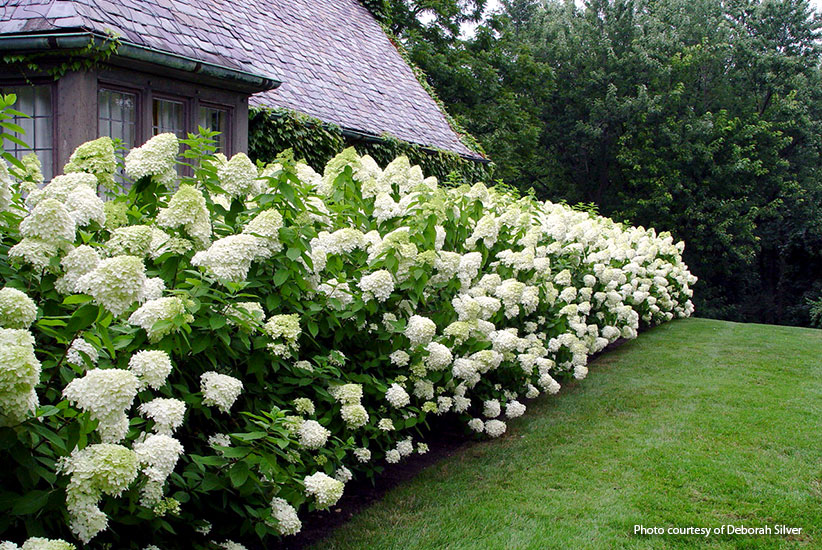
- Smooth hydrangeas: These hydrangeas have large, flat flowers that can be white, pink, or blue. They're not as hardy as panicle hydrangeas, but they're still relatively easy to grow.
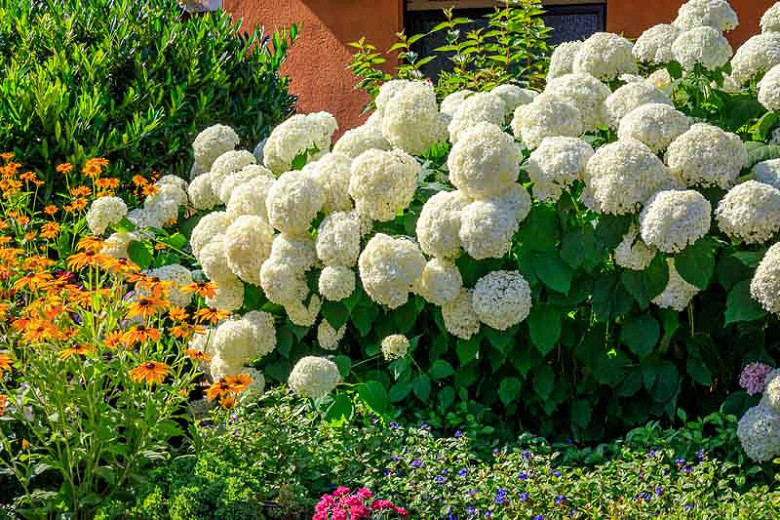
- Mountain hydrangeas: These hydrangeas are native to Japan and Korea, and they're known for their small, delicate flowers. They're not as hardy as other types of hydrangeas, but they're beautiful and well-suited for smaller gardens.
- Mophead hydrangeas: These hydrangeas are known for their large, round flowers that look like mops. They're not as hardy as panicle hydrangeas, but they're still relatively easy to grow.
Care Requirements
Hardy hydrangeas are relatively easy to care for, but there are a few things you need to keep in mind. First, they need full sun or partial shade. Second, they need well-drained soil. Third, they need to be watered regularly, especially during hot, dry weather.
In addition to these basic care requirements, there are a few other things you can do to help your hydrangeas thrive. For example, you can fertilize them in the spring with a balanced fertilizer. You can also prune them in the fall to remove dead or damaged branches.
Choosing the Right Hydrangea for Your Garden
When choosing a hydrangea for your garden, there are a few factors you'll need to consider. First, think about the amount of sun your garden gets. If you have a lot of sun, you'll want to choose a hydrangea that can tolerate full sun. If you have more shade, you'll want to choose a hydrangea that can tolerate partial shade.
Second, think about the size of your garden. Hydrangeas can grow quite large, so if you have a small garden, you'll want to choose a dwarf variety.
Finally, think about the color of hydrangeas you want. Hydrangeas come in a wide variety of colors, so you're sure to find one that you love.
Conclusion
Hardy hydrangeas are a beautiful and easy-to-grow addition to any garden. With a little care, they'll thrive for years to come.
If you're looking for a beautiful and hardy flowering shrub for your garden, look no further than the hydrangea. There are many different types of hydrangeas, but hardy hydrangeas are a great choice for gardeners in colder climates. These shrubs are known for their large, showy flowers that can bloom in a variety of colors, including blue, pink, and white.
Hardy hydrangeas are relatively easy to care for. They prefer full sun or partial shade and moist, well-drained soil. They are also relatively pest- and disease-resistant.
If you're interested in learning more about hardy hydrangeas, I recommend visiting . This website has a wealth of information about hardy hydrangeas, including how to choose the right type for your garden, how to plant and care for them, and how to prevent pests and diseases.
FAQ of hardy hydrangea
1. What are the different types of hardy hydrangeas?
There are two main types of hardy hydrangeas: bigleaf hydrangeas (Hydrangea macrophylla) and smooth hydrangeas (Hydrangea arborescens). Bigleaf hydrangeas are the most popular type, and they are known for their large, colorful blooms. Smooth hydrangeas are smaller and less showy, but they are more cold-hardy.
2. What are the best conditions for growing hardy hydrangeas?
Hardy hydrangeas prefer part shade to full shade, and they need well-drained soil. They are not very drought-tolerant, so they should be watered regularly during the summer months.
3. How do I care for hardy hydrangeas?
Hardy hydrangeas are relatively easy to care for. They should be fertilized in the spring with a balanced fertilizer. In the fall, the leaves should be removed and the plants should be mulched to protect the roots from the cold.
4. How do I get my hardy hydrangeas to bloom?
The color of hardy hydrangea blooms depends on the pH of the soil. In acidic soil, the blooms will be blue. In alkaline soil, the blooms will be pink. You can adjust the pH of the soil by adding sulfur to acidic soil or lime to alkaline soil.
5. What are some common pests and diseases of hardy hydrangeas?
The most common pests of hardy hydrangeas are aphids, scale insects, and spider mites. The most common diseases of hardy hydrangeas are leaf spot, powdery mildew, and root rot.
Image of hardy hydrangea
5 different images of "hardy hydrangea" from Pinterest:
- This type of hydrangea is hardy in zones 3-9 and can grow up to 6 feet tall. It has smooth, dark green leaves and white flowers that bloom in the summer.
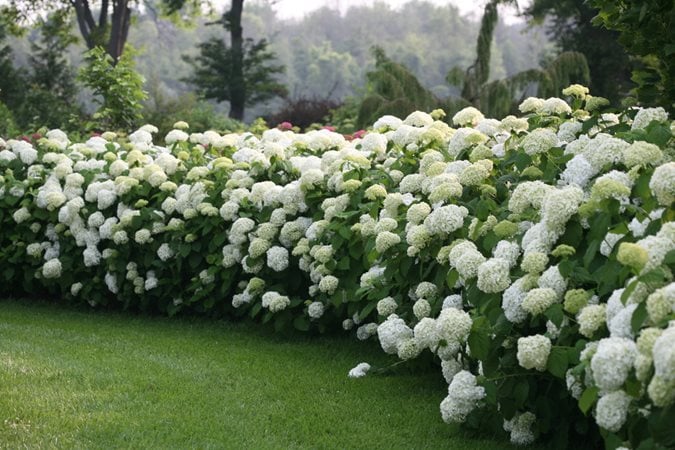
- This type of hydrangea is hardy in zones 3-9 and can grow up to 10 feet tall. It has large, panicle-shaped flowers that bloom in the summer. The flowers can be white, pink, or blue.
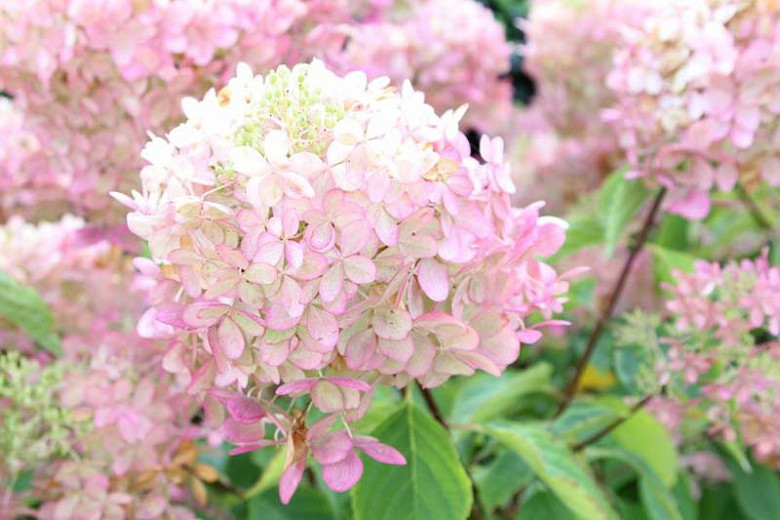
- This type of hydrangea is hardy in zones 5-9 and can grow up to 12 feet tall. It has large, heart-shaped leaves and white, pink, or blue flowers that bloom in the summer.

- This type of hydrangea is hardy in zones 4-8 and can grow up to 6 feet tall. It has white flowers that bloom in the summer. The flowers start out white and then turn pink as they age.
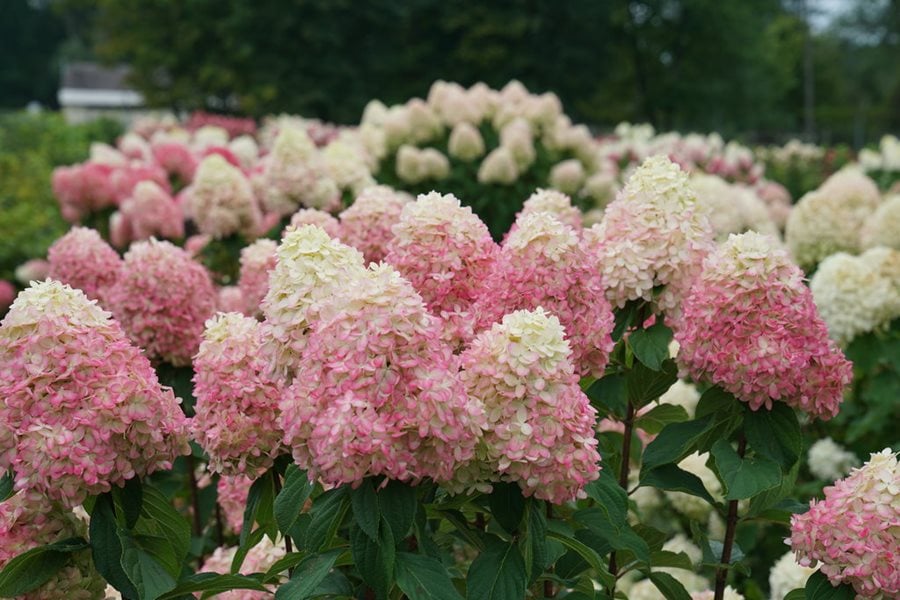


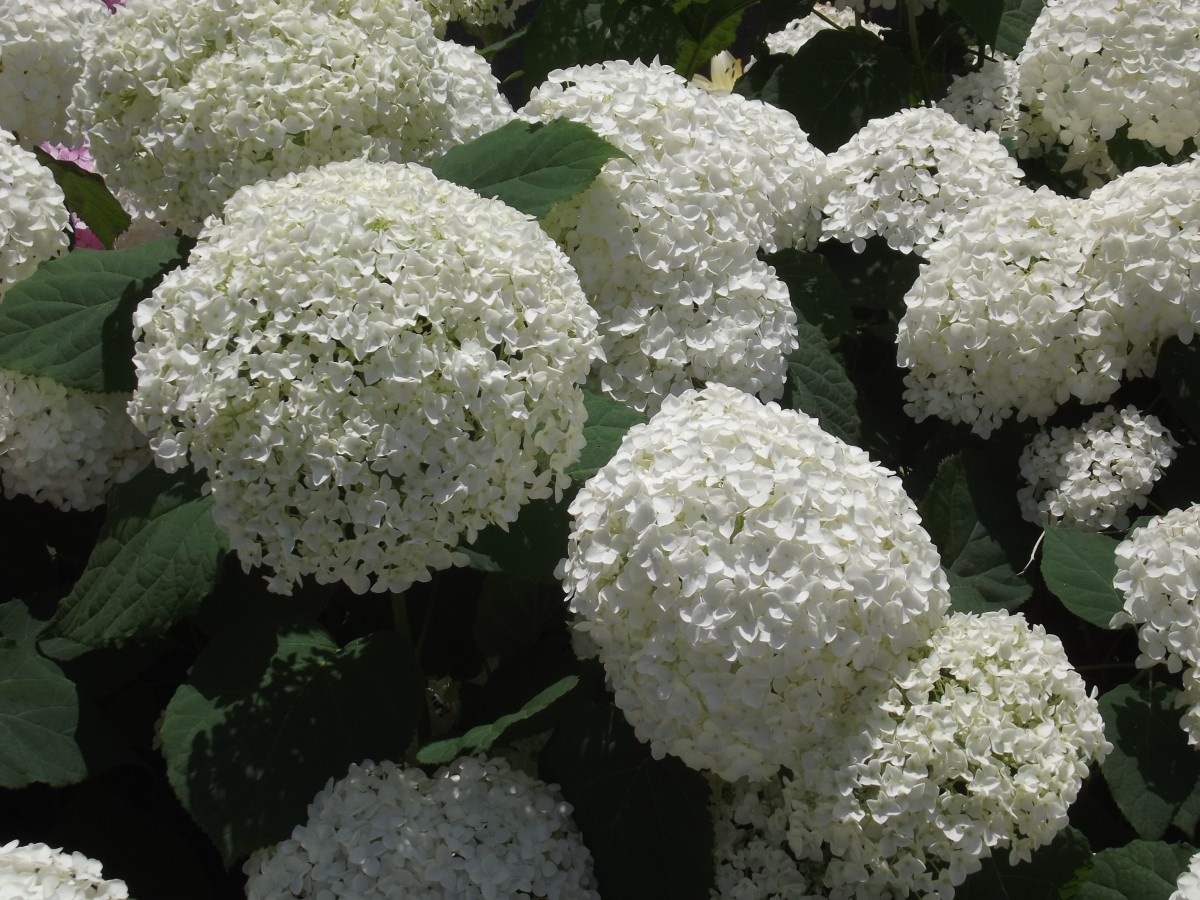

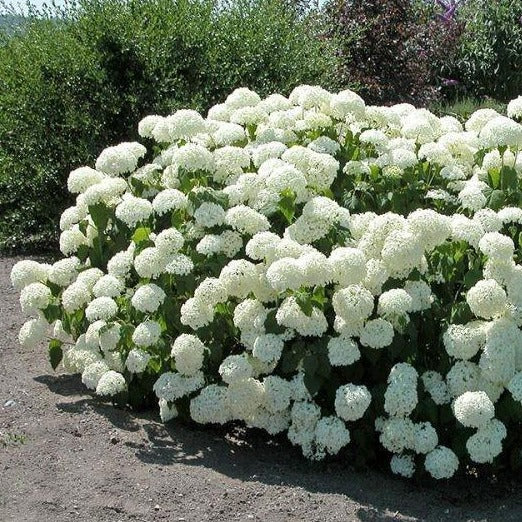
Post a Comment for "The Ultimate Guide To Hardy Hydrangeas"